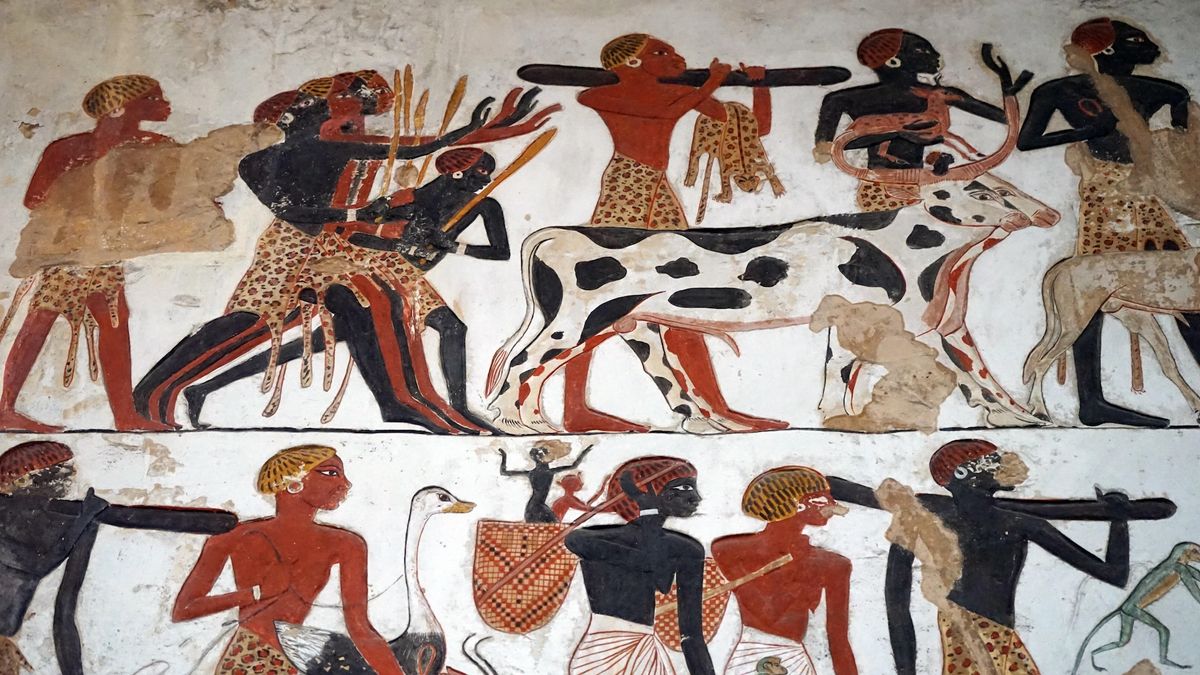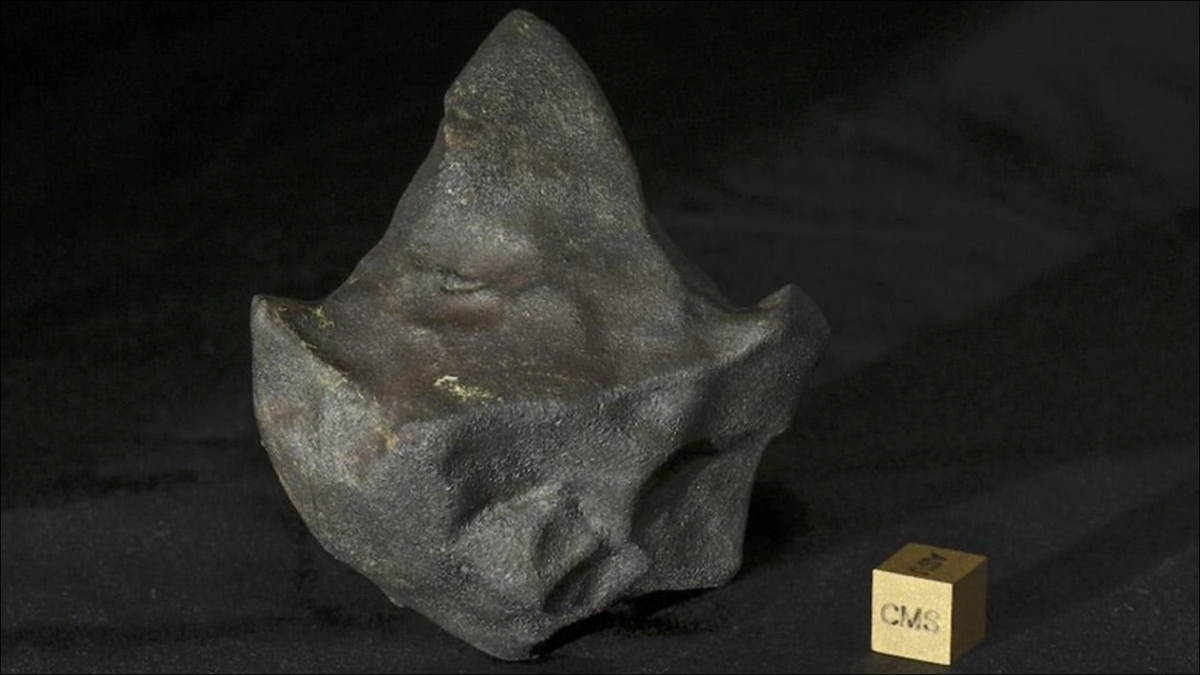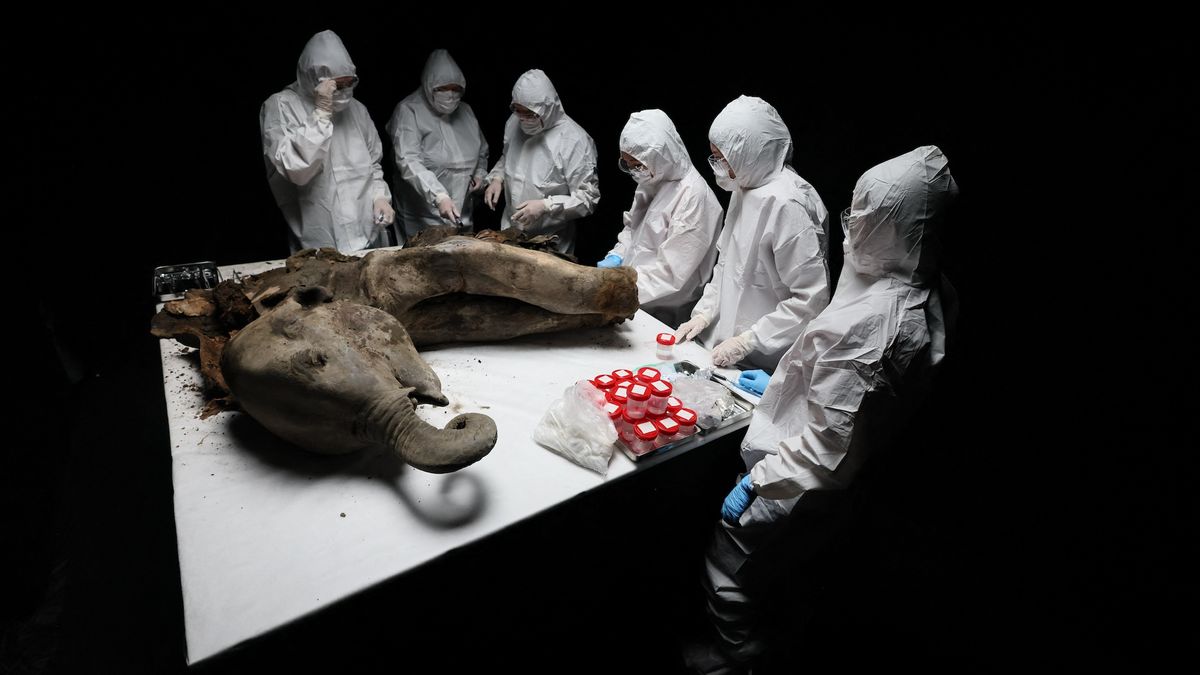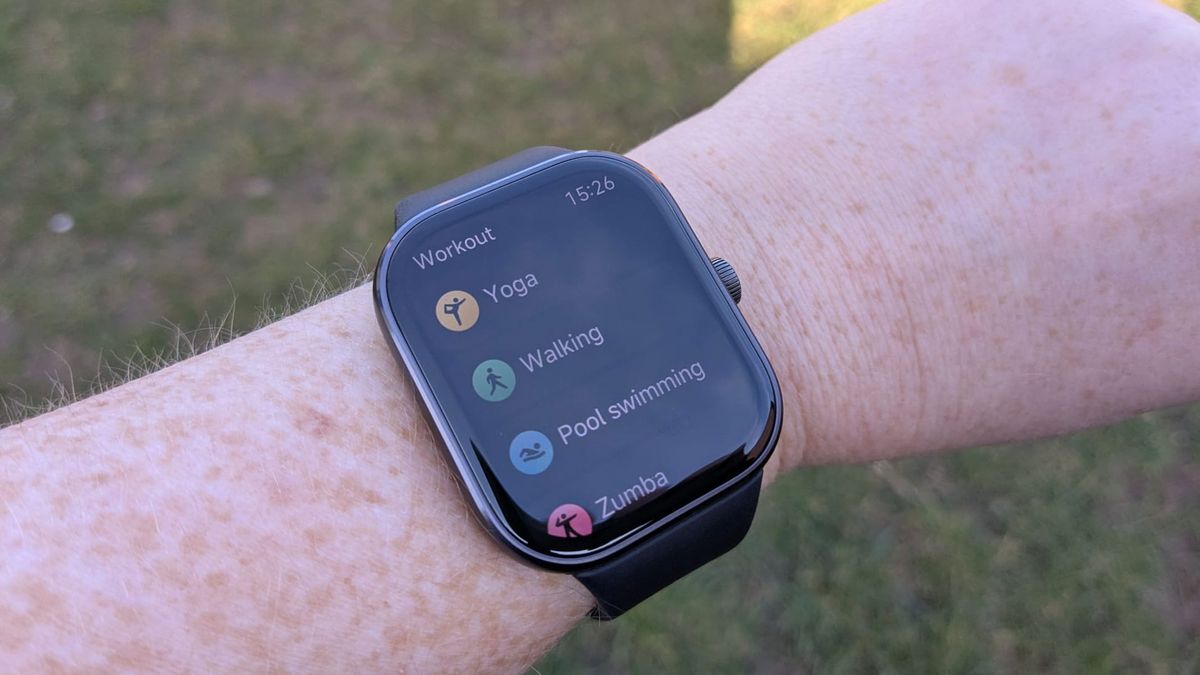Marks on 4,000-year-old skeletons reveal that Bronze Age women in Nubia were carrying goods and young children on their heads using tumplines, a type of head strap that can hold a basket, a new study finds. The discovery reveals the oldest known use of head straps in the world.
Researchers made the finding in Sudan after analzying the remains of 30 people (14 females and 16 males) buried in a Nubian Bronze Age cemetery. One, an elite woman who was around 50 years old when she died, had the clearest marks indicative of head straps.
This is the “first clear evidence that women were using head straps — tumplines — to carry loads as early as the Bronze Age,” study lead author Jared Carballo-Pérez, a researcher of bioarchaeology at the Autonomous University of Barcelona, told Live Science in an email.
Carballo-Pérez and his colleagues investigated at the archaeological site of Abu Fatima which consists of a cemetery that is located by the third cataract of the Nile River, in what was once the ancient kingdom of Kush.
After analyzing the 30 people in the Abu Fatima cemetery, the team found that women tended to have more wear on their head and neck areas than the male skeletons did, indicating that the women were bearing loads with head straps.
“Women exhibited specific degenerative changes in the cervical vertebrae and skull areas associated with prolonged use of tumplines that transfer weight from the forehead to the upper back,” the team wrote in a statement.
Related: 3,500-year-old burial of Nubian woman reveals 1 of world’s earliest known cases of rheumatoid arthritis
The cemetery was only about 6 miles (10 kilometers) north of Kerma, the capital city of Kush. “The capital in Kerma was a densely populated urban center that featured various facilities such as storage buildings, ritual structures, breweries, bakeries, and defensive walls,” the researchers wrote in the study, which was published in the March issue of the Journal of Anthropological Archaeology.
Based on the skeletal analyses from the cemetery, it’s likely that women in Kerma and the surrounding area carried goods and young children using head straps, the new research suggests.
The team also analyzed ancient art from Egypt that depicts Nubians who lived around this time. They noticed that some of the Nubians featured appear to be carrying children using head straps.
“The forehead straps would be attached to the basket and placed over the top of the head. This is supported by various depictions of Nubian women found in tribute scenes from 18th Dynasty Theban tombs,” the team wrote in the paper.

Woman buried with ostrich fan
The elite woman’s remains showed the “clearest signs” of head strap use, the team wrote in the statement. She lived sometime between 2600 and 2000 B.C., study co-author Sarah Schrader, an associate professor of archaeology at Leiden University in the Netherlands who co-led excavations at Abu Fatima, told Live Science in an email. Her remains were buried with an ostrich feather fan and a leather pillow.
The elite woman’s identity is unknown, but the luxury items buried with her suggest that she had a different status to others in her community, Schrader said. It’s unclear exactly what her status was, but the signs of wear indicate she still had to carry heavy loads on her head. Additionally, isotopic analysis of her remains suggests that she is from outside the region, possibly the second cataract of the Nile. This is north of the cemetery but still within the kingdom of Kush.
People in modern times still use tumplines. The practice is “still alive today in rural regions of Africa, Asia, and Latin America,” the team wrote in the statement.














